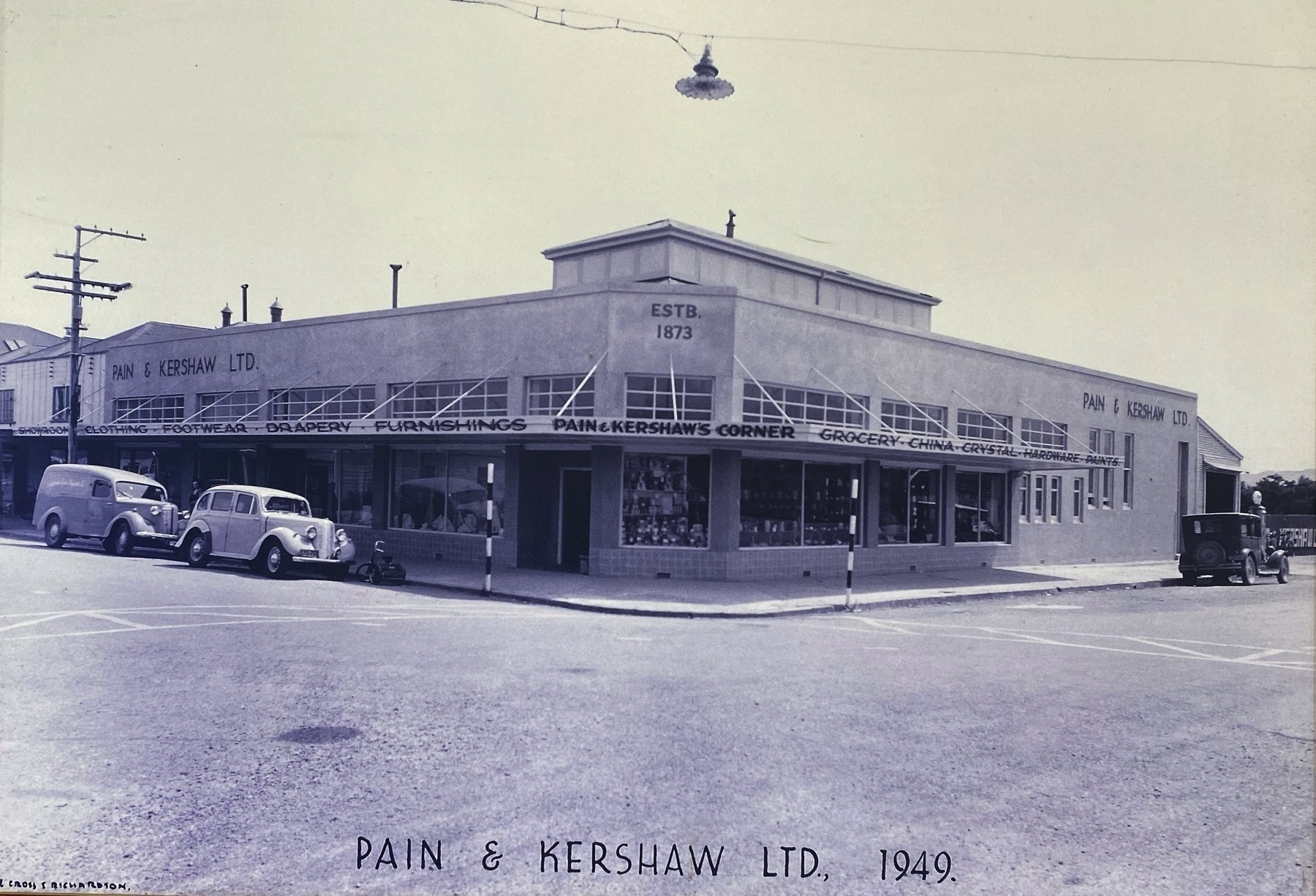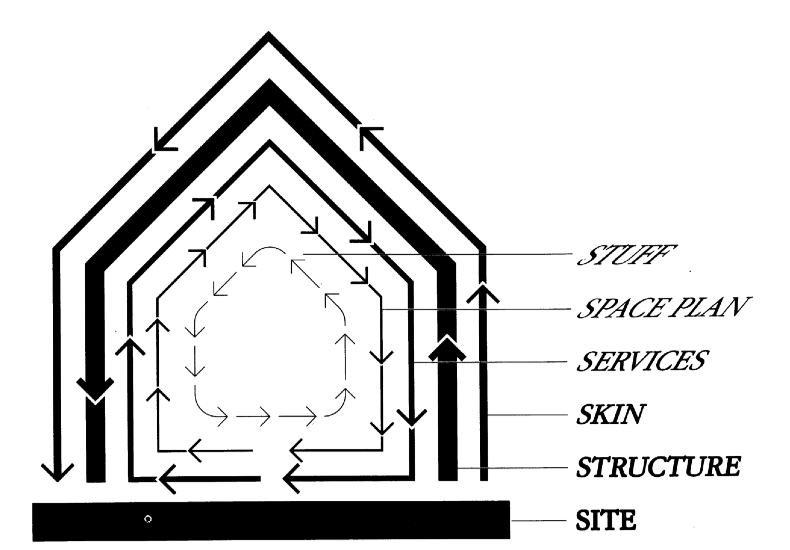

Over the break, I had the fortune (not committing to whether that’s good or bad, since that is a whole different story) to visit Martinborough in the Wairarapa - one of New Zealand’s wine regions. It’s a cute little town that includes a single ‘supermarket’.
On one visit I noticed two photographs on the wall - the building from the early part of the last century, photographed in 1906 ….
… and a second of a different building (same site) in 1949.

As I took the photographs of the photographs, I commented to a couple passing by and watching me that it was a shame that a beautiful building such as the original was replaced by the ‘flat pack’.
I assumed that some bright spark had decided to pull the old one down in favor of the ‘modern, sleek lined building’.
Never assume.
Yes the old one was pulled down - but after a major earthquake rendered part of it flat and part of it unsafe - and I get why you would want to modernize and I know why the designs changed - but that’s not what this is about.
What it’s about is that the photographs and conversation reminded me of a 🔗 recent post from Stowe Boyd that referenced Stewart Brand’s book 🔗 How Buildings Learn which in turn built on the ideas of British architect Frank Duffy.
Buildings aren’t made out of glass, concrete and stone: they’re made out of time, layers of time.
💬 Frank Duffy
Brand’s model is clear;

… and the two images reveal it in action. No images from the inside of the store - though for the Kiwi’s amongst you, I can say that the Martinborough FourSquare is the nicest (and largest) FourSquare I have ever visited. (For Brits, think of a FourSquare as something like one of those Tesco or Safeways Mini-marts we find in ever increasing numbers around the British Isles. Think of the Martinborough Foursquare as more akin to a mid sized Waitrose. For American readers … Wholefoods? High end Safeways?
All that said - look at Brand’s model carefully and consider buildings you know and how they relate.
